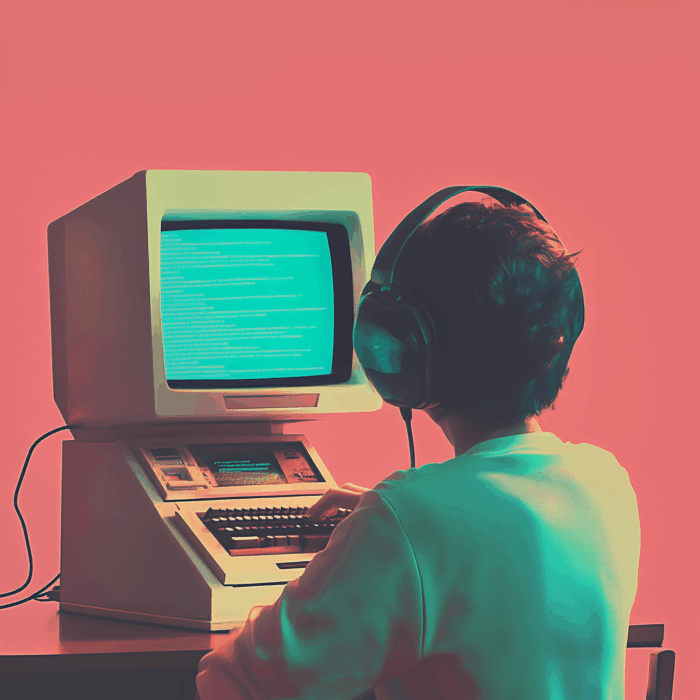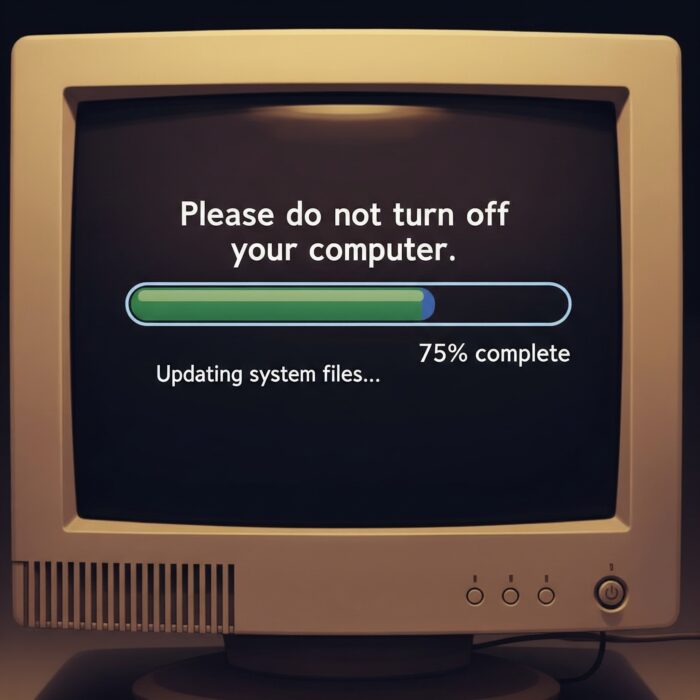Have you ever worked with a website where every simple update filled you with the fear of God that the whole thing was going to crash? I have, more than once. Maybe it’s an outdated CMS, or a system weighed down by a labyrinth of plugins added over the years. Whatever the cause, the result is the same; even the smallest change feels like a jump into the unknown.
For many businesses, this is just “how things are.” The tech might be old, clunky, or unstable, but as long as it technically works, upgrading feels like an unnecessary expense. The problem? Outdated technology comes with costs you can’t always see, and these hidden costs can quietly eat away at your time, your budget, and even sabotage your User Experience and SEO rankings.
Hidden Cost #1 – Productivity Drain
Old technology slows everything down, literally and figuratively. Pages load sluggishly, which can hurt your Google rankings and frustrate users. Admin dashboards lag, and simple updates take far longer than they should. Over time, those lost minutes pile up into hours, then days, of wasted work.
I’ve spent hours trying to debug plugin conflicts or figure out why a basic update isn’t working. It’s like banging your head against a brick wall, frustrating, exhausting, and ultimately expensive. Every hour your team spends wrestling with outdated tools is an hour they’re not creating value for your business. Multiply that across weeks and months, and the “savings” from avoiding an update very quickly dissipate.

Hidden Cost #2 – Poor User Experience & Conversions
Slow, outdated websites don’t just frustrate users; they literally drive them away. We’ve all been there: a page takes too long to load, and you move on to the next thing. Research shows that when page load time increases from 1 second to 3 seconds, bounce rates jump by 32%. At 5 seconds, that number rises to 38%. In other words, every extra second your site takes to load costs you potential customers.
From a UX and marketing perspective, this is a double hit: fewer users stick around long enough to engage with your content, and Google takes notice. Slow page speeds can cause Google to rank you lower in search results. You can use Google’s own page speed tools here to find out more. Outdated tech isn’t just an admin problem; it can quietly chip away at both your conversions and your visibility, ultimately costing your business money.
Hidden Cost #3 – Security Risks
Outdated tech can be a serious security risk. Older software often stops receiving updates and security patches, leaving systems wide open to hackers. Cybercriminals know this and actively target vulnerable systems that haven’t been updated.
A single breach can cause data loss, downtime, and damage your company’s reputation, not to mention potential fines if customer data is compromised. Keeping your tech current isn’t just about new features or page speed; it’s about protecting your business and your users from costly security incidents.
Hidden Cost #4 – Missed Opportunities
When your technology is outdated, it can’t keep up with new tools and trends that help grow your business. Whether it’s integrating with marketing automation, advanced analytics, or emerging tech like AI, old systems often lack compatibility or flexibility.
This means you miss out on valuable insights, faster workflows, and smarter marketing strategies that your competitors might be using to get ahead. Simply put, outdated tech limits your ability to adapt quickly to changing markets and customer expectations, and in today’s fast-paced digital world, that can cost you both customers and revenue.
Hidden Cost #5 – Accessibility
The EAA (European Accessibility Act) is now in full force, meaning all digital products must be accessible to everyone. Unfortunately, many older technologies were built without accessibility in mind.
Trying to retrofit outdated systems to meet these new accessibility guidelines can be time-consuming and costly. Adding accessibility features after the fact often requires significant rework, driving up expenses and delaying projects.
Staying current with technology not only improves performance and security but also ensures your products are inclusive and compliant with legal standards.
Why Businesses Delay Upgrading
Tech can often feel like the fashion industry; what’s in this season can quickly become outdated by the next. Because of this, many businesses hesitate to upgrade, seeing it as an unnecessary expense or a risky disruption. It’s very tempting to stick with what you know, especially when “if it ain’t broke, don’t fix it” feels like the safer bet.
In reality, delaying upgrades often exacerbates the problem. The longer you put off upgrading, the more outdated and incompatible your systems become, turning what could have been a simple update into a complex, costly overhaul.

Choosing to delay can feel like a safe bet and cheaper in the short term, but it’s akin to burying your head in the sand, and it can lead to bigger headaches and higher costs down the road.
Outdated technology might seem like a low priority or a cost you can avoid, but as we’ve seen, the hidden costs pile up fast. From lost productivity and frustrated users to security risks and missed growth opportunities, sticking with old tech can quietly drain your resources and hold your business back.
The good news? Upgrading your technology isn’t just an expense; it’s an investment in smoother operations, happier users, and stronger growth. If your website or digital tools are feeling clunky or fragile, it’s time to take a hard look and plan for an upgrade before those hidden costs start costing you even more.
If your website feels more like a ticking time bomb than a business asset, Friday Agency can help. Get in touch today.


